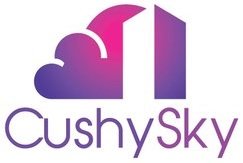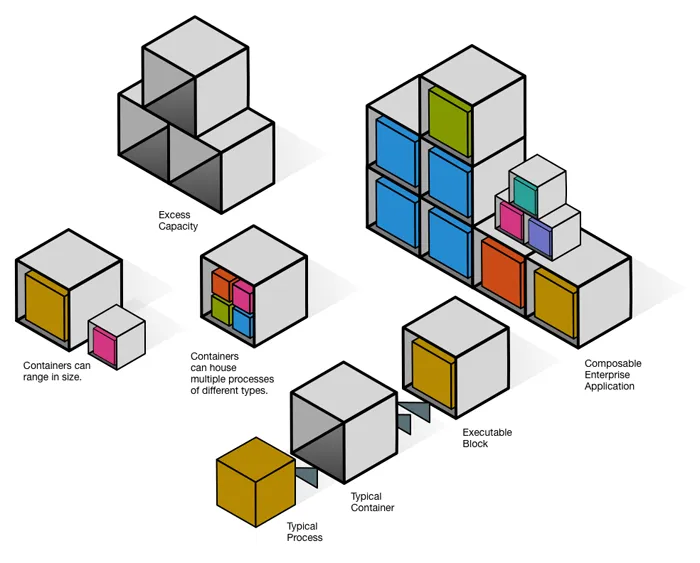In a world of constant change, business agility isn’t optional — it’s essential. Enterprises today must respond to evolving markets, regulations, and customer expectations faster than ever before. But legacy ERP systems — monolithic, fragmented, and rigid — can no longer keep pace.
Enter Oracle Fusion Cloud Applications: a modern SaaS suite purpose-built to support composable enterprise architecture. By empowering organizations to break down complexity, unify processes, and roll out innovation at scale, Oracle is helping companies not just survive change, but lead it.
What Is a Composable Enterprise — and Why Now?
Composable enterprises are structured for flexibility, not rigidity. They are built with modular components that can be rapidly assembled, reassembled, and extended as needs evolve.
Gartner reports that 63% of CIOs in high-composability organizations outperform peers on key business outcomes. And no wonder — composability lets organizations:
-
Respond to market demands quickly
-
Standardize operations without sacrificing agility
-
Lower total cost of ownership through smart modularity
-
Innovate continuously through integrated updates and automation
Oracle Fusion Cloud is architected for exactly this kind of composable, agile business design.
The Oracle Fusion Advantage: Unified, Modular, and Intelligent
Unlike traditional ERP platforms, Oracle Fusion Cloud was engineered from the ground up as a unified SaaS solution. It’s not stitched together through acquisitions — it’s organically modular and consistent across:
-
Finance
-
Human Capital Management (HCM)
-
Supply Chain & Manufacturing (SCM)
-
Customer Experience (CX)
Key benefits:
-
Single Data Model – Master data like customers, employees, and suppliers is defined once and reused across all modules.
-
Quarterly Innovation – No waiting for major upgrades. New features, AI, and automation are released every 90 days.
-
Embedded AI and Digital Assistants – Smart insights and guided actions are baked into business processes.
-
Low-Code Extensibility – Customize and integrate without breaking future updates.
This kind of composability means you can roll out what you need, when you need it — without reengineering your business each time.
Customer Success in Action: Real Stories from Composable Enterprises
Global Manufacturer Simplifies Operations Across Regions
A $2B global manufacturing firm was dealing with fragmented finance systems and siloed data. By deploying Oracle Fusion Cloud Financials and SCM, they:
-
Reduced month-end close by 60%
-
Unified inventory visibility across geographies
-
Streamlined compliance and consolidated reporting
Their phased rollout allowed them to maintain business continuity while modernizing one function at a time.
Government Health Agency Streamlines Compliance
A public sector health authority operating in multiple jurisdictions faced local regulatory challenges and duplicative operations.
With Oracle’s enterprise structures — including legal entities, ledgers, and reference data sets — they:
-
Modeled each region’s compliance needs within one cloud instance
-
Centralized procurement and HR using shared services
-
Maintained local autonomy while simplifying global oversight
Now, they manage change without compliance headaches.
Digital Financial Services Firm Launches with Modular ERP
A fast-growing fintech startup needed enterprise-grade finance and HR capabilities — but didn’t want to build technical debt.
They started with Oracle Fusion Cloud Financials, then added HCM and Procurement. Today they:
-
Automate onboarding and workforce planning with digital assistants
-
Analyze spend and forecasts with embedded machine learning
-
Benefit from a quarterly cadence of innovation — without reimplementation
Composable from day one, they scaled efficiently while staying nimble.
Enterprise Architecture Alignment: Built-In Best Practice
Oracle Fusion Cloud aligns naturally to enterprise architecture (EA) principles. It spans every major EA domain:
| EA Layer | Fusion Cloud Support |
|---|---|
| Business Architecture | Divisions, business units, cost centers, departments |
| Data Architecture | Unified data model and reference data sharing |
| Application Architecture | Modular SaaS apps with API orchestration |
| Technology Architecture | Deployed on Oracle Cloud Infrastructure (OCI) for scalability and security |
| Security Architecture | Built-in identity, access controls, audit, and compliance tools |
This allows organizations to build resilient operations that evolve with the business—not against it.
Fusion Cloud vs. SAP S/4HANA: A Quick Comparison
| Feature | Oracle Fusion Cloud | SAP S/4HANA |
|---|---|---|
| Architecture | Unified and modular | Modular but often fragmented |
| Data Model | Single source of truth | Multiple siloed data sources |
| Innovation | Delivered quarterly | Requires versioned upgrades |
| Extensibility | Low-code, upgrade-safe | Customization-heavy |
| AI/ML | Embedded natively | Often requires bolt-on tools |
Oracle Fusion’s architecture delivers faster time-to-value, greater consistency, and lower total cost of ownership.
Why Composability Matters Now More Than Ever
Composable enterprise architecture isn’t just a technology trend — it’s a strategic shift in how organizations operate. With Oracle Fusion Cloud, composability becomes a competitive advantage:
-
Respond faster to change
-
Integrate and innovate continuously
-
Scale securely and intelligently
-
Future-proof operations with embedded automation and intelligence
It’s no longer a question of “if” enterprises should become composable — it’s how quickly they can get there.
Ready to Rethink ERP?
Whether you’re a multinational looking to standardize global operations or a digital-first organization scaling fast, Oracle Fusion Cloud provides the foundation for lasting agility.
Start with the modules you need. Scale with confidence. Adapt without disruption.
Composable architecture with Oracle Fusion Cloud — it’s how leading enterprises build what’s next.



